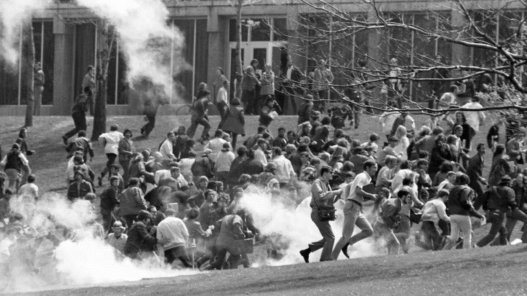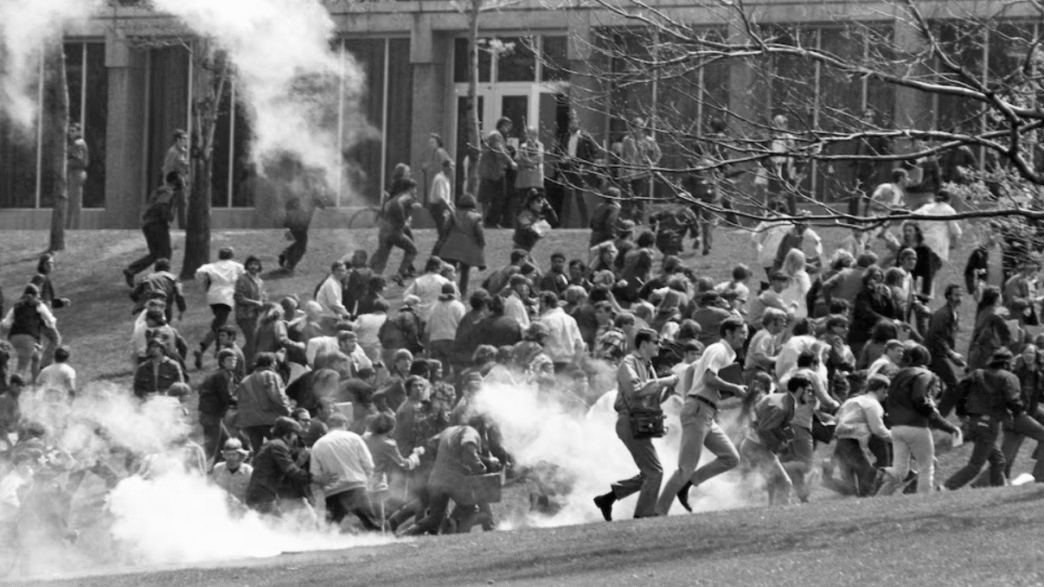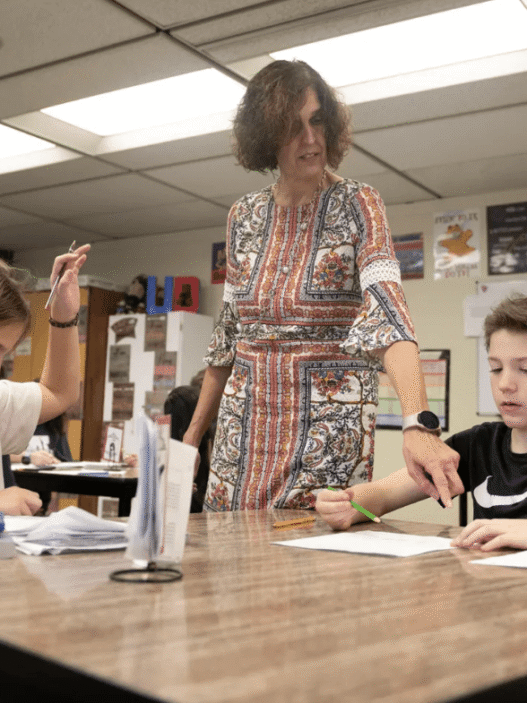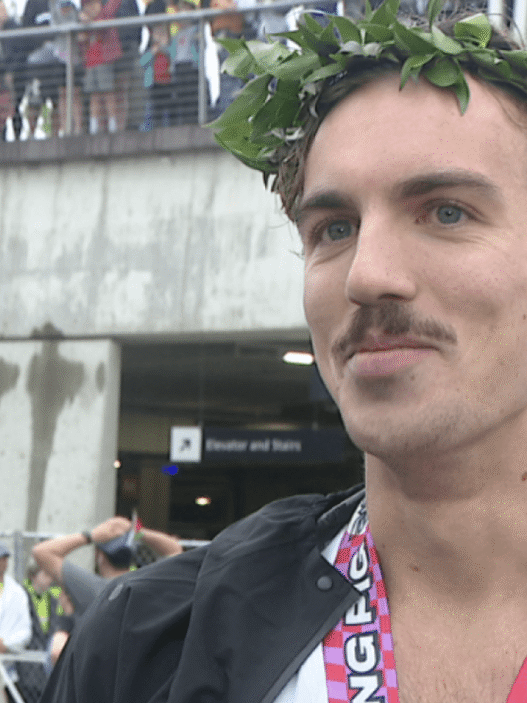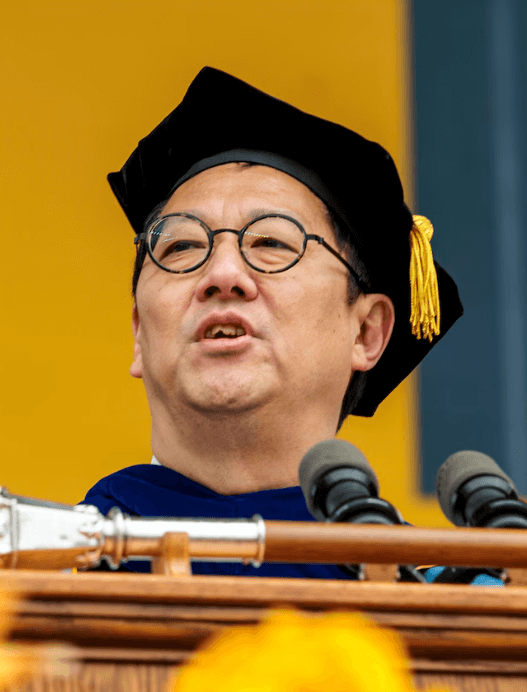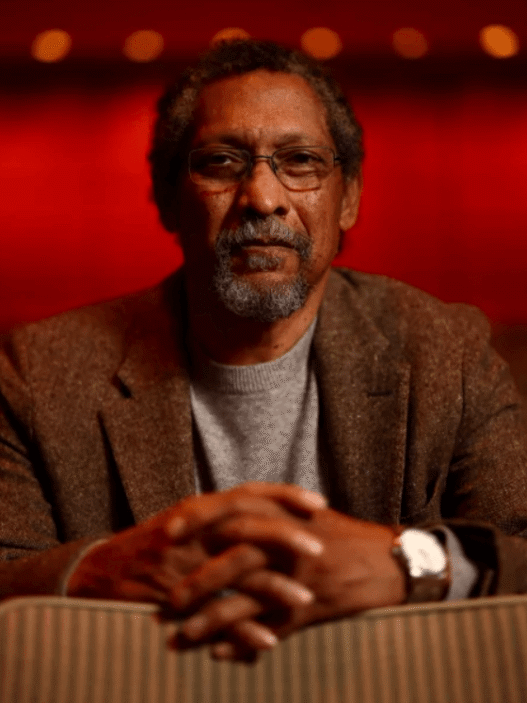Today marks 55 years since the tragic Kent State University shootings on May 4, 1970—an event that left four students dead and ignited a wave of outrage and protest across the United States. The shootings, which became a turning point in public opinion against the Vietnam War, also inspired one of the most powerful protest songs in American history: Neil Young’s “Ohio.”
What Happened at Kent State?
On May 4, 1970, the Ohio National Guard opened fire on a crowd of students at Kent State University who were protesting the U.S. invasion of Cambodia—an escalation of the Vietnam War announced by President Richard Nixon just days earlier. Though Nixon had campaigned on ending the war, the expansion triggered a nationwide surge in anti-war protests, especially on college campuses.
In Kent, tensions had been building for days. On May 1, a campus rally was followed by violent confrontations downtown. The city’s mayor, LeRoy Satrom, called in the National Guard, who clashed with students throughout the weekend. Despite a ban on a planned rally for May 4, around 3,000 students gathered on campus at noon that day.
The National Guard ordered the crowd to disperse, fired tear gas, and advanced on the students with bayonets fixed to their rifles. Some students threw rocks and shouted at the troops. Suddenly, without warning, the Guardsmen opened fire—discharging between 61 and 67 rounds in just 13 seconds.
Four students—Allison Krause (19), Jeffrey Miller (20), Sandra Lee Scheuer (20), and William Schroeder (19)—were killed. Nine others were wounded, including 19-year-old Dean Kahler, who was left paralyzed from the waist down.
The Iconic Photo and the Power of “Ohio”
A Pulitzer Prize-winning photograph taken by student John Filo captured the horror of that day. In the image, the lifeless body of Jeffrey Miller lies on the ground, as 14-year-old Mary Ann Vecchio kneels beside him, screaming in anguish. The photo became a symbol of the tragedy and sparked outrage across the country.
The emotional weight of the shootings quickly moved Neil Young to write “Ohio.” The song, recorded by Crosby, Stills, Nash & Young and released within three weeks of the massacre, became an anthem of the anti-war movement. With lyrics like “What if you knew her and found her dead on the ground?”, it personalized the tragedy for millions.
Rolling Stone recently ranked “Ohio” No. 9 on its list of the greatest protest songs of all time, calling it “one of the defining songs of the anti-war movement.” Young himself later said, “We were speaking for our generation.”
What Happened to the Guardsmen?
The National Guardsmen claimed they fired in self-defense, believing their lives were in danger from the advancing crowd. They testified to multiple investigations and, in a 1974 criminal trial, a judge accepted their account and dismissed the charges.
In 1979, a civil lawsuit resulted in an out-of-court settlement. The state of Ohio paid $675,000 to the injured students and the families of those killed—but no Guardsmen were ever held criminally responsible.









